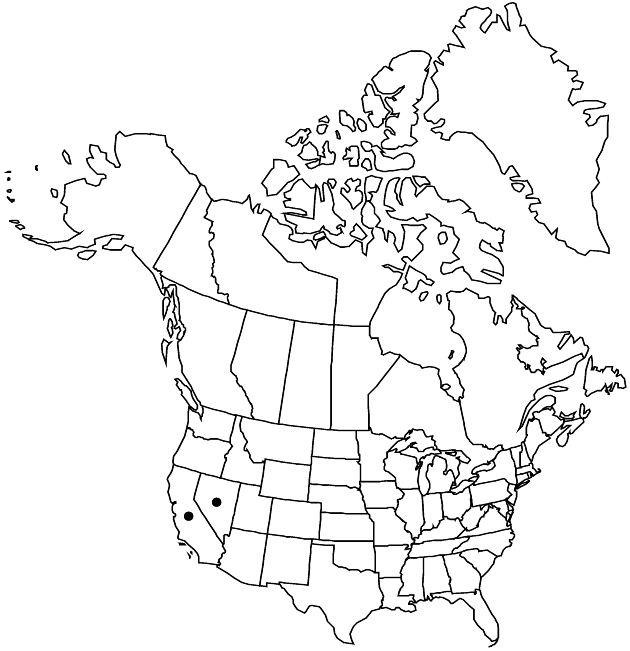Difference between revisions of "Erigeron pygmaeus"
Fl. Francisc., 390. 1897.
FNA>Volume Importer |
imported>Volume Importer |
||
| (3 intermediate revisions by 2 users not shown) | |||
| Line 8: | Line 8: | ||
}} | }} | ||
|common_names=Pygmy fleabane | |common_names=Pygmy fleabane | ||
| + | |special_status={{Treatment/ID/Special_status | ||
| + | |code=E | ||
| + | |label=Endemic | ||
| + | }} | ||
|basionyms={{Treatment/ID/Basionym | |basionyms={{Treatment/ID/Basionym | ||
|name=Erigeron nevadensis var. pygmaeus | |name=Erigeron nevadensis var. pygmaeus | ||
|authority=A. Gray | |authority=A. Gray | ||
| + | |rank=variety | ||
|publication_title=Proc. Amer. Acad. Arts | |publication_title=Proc. Amer. Acad. Arts | ||
|publication_place=8: 649. 1873 (as nevadense var. pygmaeum) | |publication_place=8: 649. 1873 (as nevadense var. pygmaeum) | ||
| Line 38: | Line 43: | ||
-->{{#Taxon: | -->{{#Taxon: | ||
name=Erigeron pygmaeus | name=Erigeron pygmaeus | ||
| − | |||
|authority=(A. Gray) Greene | |authority=(A. Gray) Greene | ||
|rank=species | |rank=species | ||
| Line 52: | Line 56: | ||
|publication title=Fl. Francisc., | |publication title=Fl. Francisc., | ||
|publication year=1897 | |publication year=1897 | ||
| − | |special status= | + | |special status=Endemic |
| − | |source xml=https:// | + | |source xml=https://bitbucket.org/aafc-mbb/fna-data-curation/src/2e0870ddd59836b60bcf96646a41e87ea5a5943a/coarse_grained_fna_xml/V19-20-21/V20_616.xml |
|tribe=Asteraceae tribe Astereae | |tribe=Asteraceae tribe Astereae | ||
|genus=Erigeron | |genus=Erigeron | ||
Latest revision as of 21:04, 5 November 2020
Perennials, 1–6(–14) cm; taprooted, caudex branches relatively thick, retaining old leaf bases. Stems erect, hirtellous to sparsely hirsute (hairs straight-spreading, not deflexed), densely minutely glandular. Leaves basal (persistent) and cauline (petioles prominently ciliate, hairs spreading, thick-based); blades linear to narrowly oblanceolate or subspatulate (usually folding), 20–35(–45) × 2–4 mm; cauline often abruptly reduced distally, margins entire, faces hirsuto-strigose, densely minutely glandular. Heads 1. Involucres 4–7 × 6–15 mm. Phyllaries in 2–3 series (commonly purplish to purplish black, sometimes only at tips, midvein region greenish), hirsute, densely minutely glandular. Ray florets 20–37; corollas usually blue or purple, rarely white, 4–10 mm, laminae tardily, often only slightly, reflexing. Disc corollas 3.7–5.3 mm (throats tubular). Cypselae 2.3–2.8 mm, 2-nerved, faces sparsely strigose; pappi: outer of inconspicuous, fine setae, inner of 15–25 bristles. 2n = 18.
Phenology: Flowering Jul–Aug.
Habitat: Rocky ridges or slopes, often talus, above timberline, sometimes alpine
Elevation: 2900–4100 m
Discussion
Erigeron pygmaeus is found in the Sierra Nevada.
Selected References
None.
